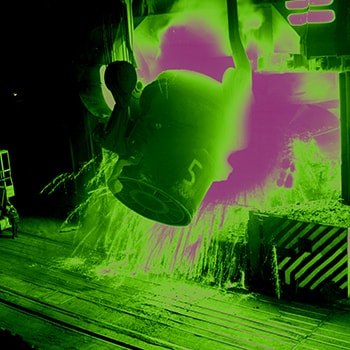A signal designed for heavy industrial applications, incorporating a high decibel (dB) rating & high light intensity (20J) would not be suitable for local signalling at a control panel. Alternatively a low dB & light intensity (2J) would be ineffective for a large factory environment. Moflash can supply warning signals to cover all applications. Listed below are some of the main market areas
Industrial & Marine
Warning beacons for heavy duty, high light output applications such as foundries, factory shop floors, large warehouses, docks, ports and general offshore use etc. For further information see our Industrial & Marine section.
View Industrial & Marine Signals
Automotive
Warning beacons for use on automobiles (commercial & private) agricultural / off road vehicles and forklift trucks etc. For further information see our Automotive section.
View Automotive Signals
Fire
Warning signals designed & complying with the latest European standards for use in all commercial buildings used as fire evacuation signals.
View our Fire Warning Signals
Environmental Factors Determining Selection
Obstacle Marking for Aerodromes
Visual warning signals that comply with the International Civil Aviation Authority (ICAO) requirement for the marking of objects in and around Aerodromes. For further information see our Obstacle Marking section.
View Obstruction Marking Signals
Explosion Proof
Warning signals designed for use in potentially explosive atmospheres and complying with the latest global standards. Typically used on oil rigs, refineries, chemical plants, grain storage etc. where in normal operations the atmosphere is flammable/ignitable etc. For further information see our EXD Explosion Proof section.
View Explosion Proof Signals

Installation and Maintenance of Visual Warning Beacons
When installing a Hazard Warning Beacon, care should be taken to position it in the most effective location to allow for all round light visibility and to maintain the IP (Ingress Protection) rating of the beacon. Therefore the following parameters should be noted:
